Roaming Tanzania’s Tarangire National Park on Photo Safari
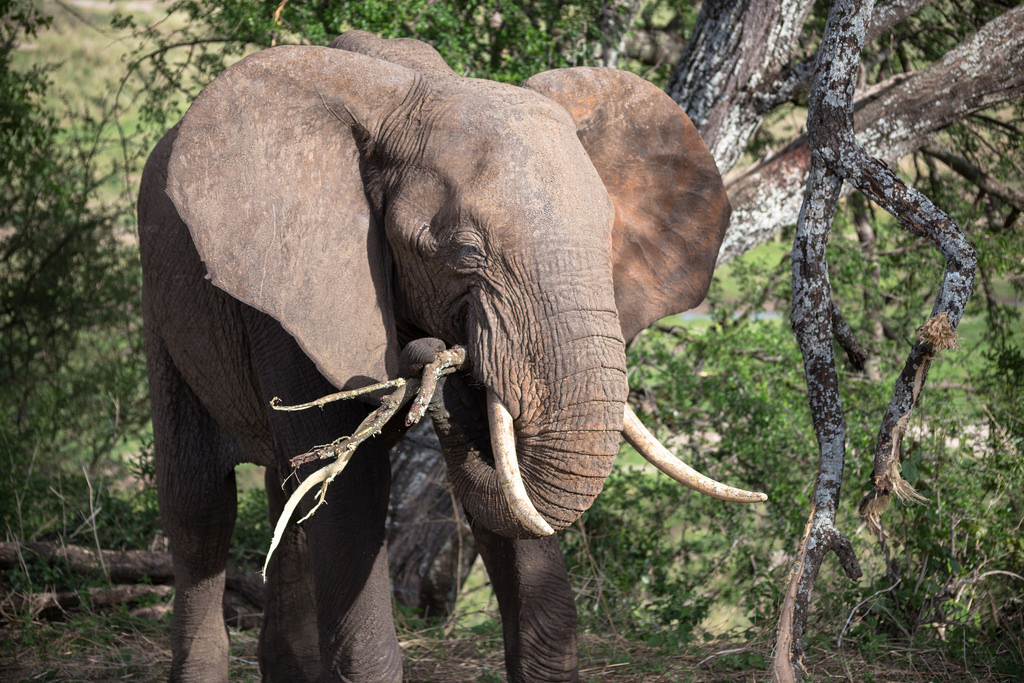
Enshrined in a patchwork of Tanzanian villages and cattle-trodden Masaai lands, Tarangire National Park rests like a sprawling gem just a few hour’s drive from Arusha. With the perennial waters of the Tarangire River feeding the plans and animals throughout the park year round, it’s the perfect location for a National Park. Tarangire also provides a fantastic mixture of climates all in one relatively compact park. Which is not to say it’s small – it’s more than 1,000 square miles which not only makes it easy to explore new areas constantly, it also means that there’s an every changing ebb and flow of animals and that the diversity of climates is significant. Of the parks I visited during my nine day safari, Tarangire was, by far, at least within a relatively tight geography, the most diverse. We crawled our way up water-warn steep valley roads, traced along steep ride-lines, dropped down to sandy riverbed, threaded past marshland and rolling green grassland in addition to winding through baobab and acacia woodlands. For photo-enthusiasts considering what gear to take, note that all photos in this post were taken on a Canon 6D and predominantly shot on a Sigma 70-300 APO DG 4-5.6 lens which costs less than $200 new. While a prime or 400mm+ lens would be great to have, it’s not necessary to capture stunning images.
When I first received my itinerary as proposed by Stewart and his brother Emanuel from Fed Safaris, I was a bit hesitant on if it even made sense to include Tarangire. I was entirely focused on the Serengeti, Ngorongoro Crater and if possible the Flamingos at Lake Natron. There’s a funny psychology to what happens when we spot check a map. Simply by its proximity to Arusha and relatively smaller size compared to the Serengeti’s 5,700 square miles, I had some sort of strange bias assuming it might be over-crowded and provide a less-than spectacular experience. However, after talking to friends and fellow bloggers, many of whom named Tarangire as their favorite National Park, I opted to spend my first two evenings in Tarangire. While I think my evening, full day, and morning game drives were sufficient for Tarangire, I could tell there was still lots left to see and I timing wise I think it was perfect. The extended time also gave us the opportunity to properly explore some of the remote parts of the park which meant some of the roads hadn’t seen a car within the last day.
My time in Tarangire was spectacular. The misty sunrises and sunsets bathed the landscape in rays of brilliant golden light while the pre-dawn amethyst purple and gold-hued reds were responsible for one of the most spectacular sunrises I’ve seen in a long time. The two highlights though were, perhaps unsurprisingly, tied to a group of lions and several herds of elephants.
The first came at the end of our full-day game drive. A brief afternoon shower had hit as we drove back from the “Mini Serengeti”, a large area of open grasslands, and headed towards camp. Po-top down due to the rain, but eyes still open just in-case, we were rolling along one of the more well maintained gravel roads that serves as one of the park’s major arteries when I spotted a small pride of lions. Stewart immediately slowed down as I popped the top. A quick reverse later, right as the rain stopped left me with one of the most photo-perfect moments I’ve ever experienced; the lionesses with their middle-aged cubs were heading into the knee high grass a ways from the road. As they did, we watched as they cut in-front of, and then walked directly diagonal to a spectacular rainbow and aged baobab tree.
It all lasted just a few seconds, then they found their spot in the grass and settled back in, the weather shifted and the rainbow faded, meanwhile I was left speechless. The moment ranks up there as one of the most spectacular I’ve experienced during my time in nature, right alongside my full-moonset at sunrise over a polar bear, that remains one of my other all time favorites. It was also a perfect reminder as well that sometimes the best sightings come in the most benign and unexpected of moments. Had the rain, the proximity to sunset, or the “large” road discouraged me from keeping my eyes peeled, I surely would have missed the moment.
The other stand-out moment during my time in Tarangire came in an area with mixed vegetation deep within the park. Somewhat near the river, a large open space that was largely grassland but covered by periodic acacia trees, served as the perfect gathering place for an elephant mega-herd. Here, again, our timing was impeccable. The elephants were slowly making their way towards higher ground and away from the river. As they did so, several decent sized herds had overlapped and come together. As they did, their route took them through shaded grasslands which were the perfect grazing pastures for several decent sized herds of zebra and wilderbeast. The whole scene was set beneath movie-perfect cotton-candy clouds and rich blue skies.
My guide, Stewart, carefully rolled us down the road which left us positioned partially in the path of a large gathering and immediately behind another parade of elephants who had just crossed the road. As elephants do, the matriarchs, younger females, and fuzz-covered babies were all closely clustered while the young males and bulls roamed more freely. The result was a series of views that embodied the quintessential safari image of an elephant casually standing, great white tusks gleaming, in front of a beautiful acacia all below dramatic blue skies.
But, that wasn’t what made the entire moment truly special. That came when the parade had marched past, replaced by another and when I realized that we were surrounded by a LOT of elephants. Bearing in mind the size, majesty, intelligence, tribal nature and, of course, endangered nature of elephants I expected to, if I was lucky, catch no more than 10 elephants at a time. In that moment though? I counted more than 90 elephants surrounding our vehicle. It’s in that moment that you’re reminded of how graceful and silent they are…and when a young curious male or a large and vigilant matriarch nears your vehicle, just how powerful they are.
A visual tour of Tarangire National Park
My time in Tarangire was profoundly special. So, without diving into too much depth, here’s a highlight of some of my favorite shots taken over the two days. Don’t forget you can also watch the vlog series from my visit here.
The red-billed hornbill are quite common throughout Tarangire and always remind me of toucans
Another shocking aspect of Tarangire National Park was the realization that many of the elephants still had their tusks. Previous anti-poaching efforts had removed a lot of the elephant’s tusks in other parks I’ve visited, though ultimately it turned out it did little to discourage the poachers. The new approach leaves the tusks intact, which is great news for us and the elephants
The birds in Tarangire are incredible, even if you’re not a birder. This African fish eagle is a prime example
If you’re wondering why a herd of elephants is sometimes called a parade, this should give it up
The light at sunset in Tarangire was unbelievable. Moments like this, where a small herd of zebra crossed the road immediately in-front of us, presented opportunities to see the animals in entirely new and wonderful light (pun intended)
A water buck relaxes in the afternoon shade
Playful elephants turn a curious eye
There’s something unnerving about the feline grace and intelligence you see in the mongoose packs, which makes their other nickname; mobs, make complete sense. They also remind me heavily of raccoons for some reason
The timing of my visit meant that there were a lot of new and recently born calves which made for great moments like this. Of note, as mammals that were once two-legged, elephants have two breasts like humans or monkeys and not utters like cows or zebra and their front legs are actually jointed like arms. It’s always most visible when they breastfeed or stand on their back legs to get at quarrelsome branches
Tanzania’s national animal is a giraffe and the local giraffe are majestic if ungainly animals. News broke during my safari that they’ve also been added to the list of endangered animals. A truly crushing development that makes me grateful that the Tanzanian government has a very harsh zero-tolerance policy in place to protect them
Due to the high-risk nature of river crossings, even at low water levels, watching a parade of elephant cross a river is always when I find they feel the most human-like. Their compassion for each other and connection to the rest of the family is undeniable and clearly obvious as is their protective strategy as they work in a similar fashion to a human motorcade
One of the animals that most surprised me and which were totally unexpected were the fairly numerous flocks of wild ostrich
Sunsets in Tarangire lit the sky on fire and the mist from the river added enough bulk to the air to really set off the light
The Tarangire River is perennial, but that doesn’t mean it flows heavily. We spent about 30 minutes watching a parade of 20 or so elephants wind down to the water to drink and bathe
Normally fairly skittish, this waterbuck was relaxing by the road and showed us utter apathy, allowing a beautiful up-close view
Young elephants are probably the most fun to watch because they play, position, jockey for power and mirror human toddlers. Everything within reach gets touched as they explore and seek to emulate their parents and nearby adults
The southern ground hornbill reminded me of an odd mixture half ostrich/half raven. Of course, that’s entirely false, but it made them a delight to watch, as is the case with most ground-based birds who seem locked in evolution and to deny familiarity like winged fish out of water
It’s impossible to spend time with wild elephants and not to start to feel an empathetic connection with them
These giant cactus trees must weigh an incredibly amount and seem utterly bazaar when considered against their backdrop and perfectly body how varied Tarangire’s natural landscapes and flora are
I love this shot as it captures the interplay between the monkeys and the elephant
Catching the animals when they’ve recently had offspring changes the entire experience and creates an entirely different interplay between the animals, their herds, and you as a casual observer
The Lilac-Breasted Roller are fairly common throughout the region and have to be one of my favorite birds. When at their most vibrant, their coloration reminds me of a fluttering rainbow, only more dramatic and vibrant
Elephants often use entire tree branches as toothpicks crunching away as we would a piece of asparagus
The power of touch is truly universal
The longer the safari, the more you can pause and enjoy the small animals you spot along the way. Often, due to their size and place along the food chain they have much more personality than the large predators who mostly just sleep or tramp around
Looking out towards the edge of the park across the great grassy marshlands
The park is full of aged baobab trees that have stood stalwart against the ravages of time, with some tallying several hundred years in age
This was my favorite warthog moment. Working to escape the heat, these two relaxed in the puddle, pausing to nuzzle and share what looked like a tender moment. The animal’s emotive nature is one of the most surprising and impactful parts of going on safari. Every time I learn something new and develop a new level of empathy for the widely different species
Stewart was fantastic at timing things so that we’d reach certain areas of the park as the animals went about their daily routine. This meant catching the herds at the right time when they approached for water or congregated to relax. This line of zebra marching in front of an acacia was amazing to watch and a prime example of how quirky and cinematic the animal’s natural behaviors can be
Moments like this are part of what Tarangire something straight out of the pages of a children’s fantasy
One of the key aspects of a safari that doesn’t get enough attention is the general experience just driving around. These national parks are spectacular, they’re not as dramatic as a lion sighting, but the net result is as – if not more – impactful and enjoyable. The whole experience and hours on end driving in near silence through the parks is meditative and centers you in a wonderful way
These moments where elephant and tree aligned were numerous and left me lost in daydreams about how staggering it must have been to be one of our ancestors navigating these plains by foot
From sunrise to sunset, the trees throughout the park made me eager to jump out of my tent well before dawn despite ordinarily being stalwartly anti-morning
A curious but cautious explorer slowly approached to check us out
Some of the best sightings are small and easy to miss, like this kingfisher relaxing near a dried up pond
It’s impossible to convey the power and proximity and special access you get being on safari this close to the animals. YOU are the one in the cage and the experience is not only humbling but wonderfully rewarding…you just have to remember to breath, after all, even in this shot it’s a relatively young/small elephant
As always, these photos and others from my time in Tarangire National Park are available on my flickr profile here. There is also an entirely un-seen (here on the blog) black and white album which has more than 70 dramatic shots from my this leg of my safari. I’ve also opened a new photo shop, so if you’d like to buy one of these images, you now have that option. If you don’t see an image you’re interested in, just reach out by e-mail and I’ll be happy to add it to my digital gallery. All photos in this post were taken on a Canon 6D using a variety of common lenses, but predominantly shot on a Sigma 70-300 APO DG 4-5.6 lens.
These photos were taken during the first two days of my nine day safari with the incredible team over at Fed Tours and Safari. In total my Safari started in Arusha and then took me through Tarangire, up to Lake Natron, across the Tanzanian countryside to the Serengeti’s North Gate, and then down to Ngorongoro Crater where it concluded. Stewart, my driver, was fantastic and I attribute a large chunk of our “luck” and the spectacular number of animal, big cat, and rare sightings we had due to his familiarity with the parks, the animals, their schedules and behaviors.
**Note that I received a discounted rate from Fed Tours and Safaris in exchange for highlighting my experiences. However, all opinions and recommendations included in this post are purely my own and based on the excellent level of service I received. I retain full editorial control and my opinions have not been limited or impacted as a result of the working partnership**
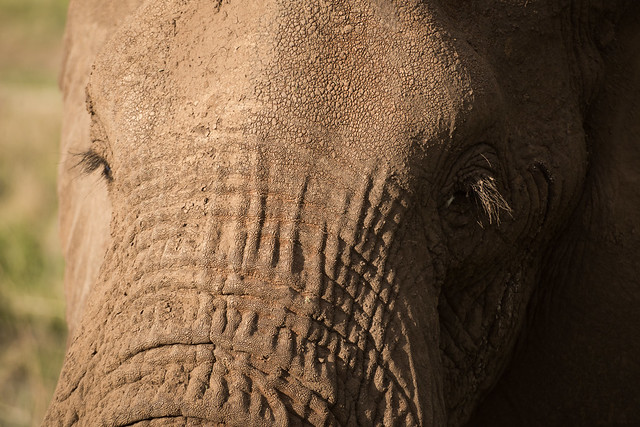
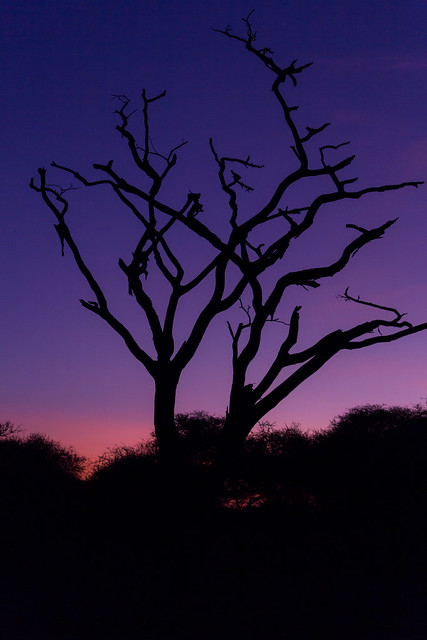

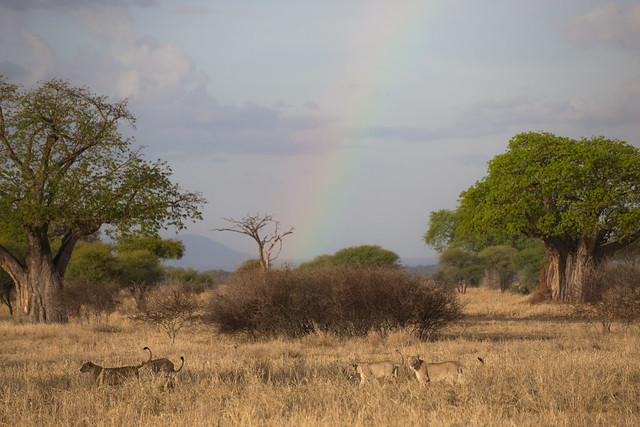
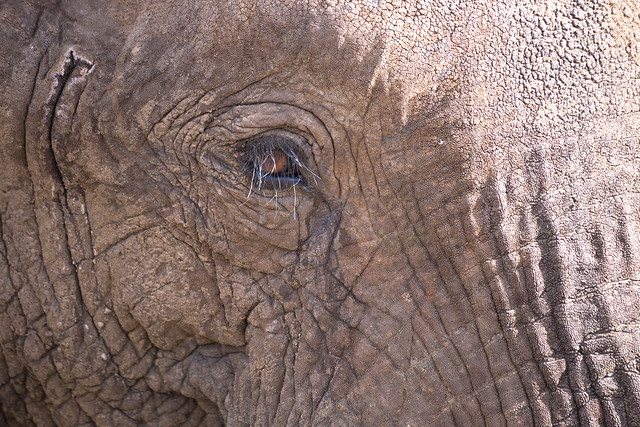

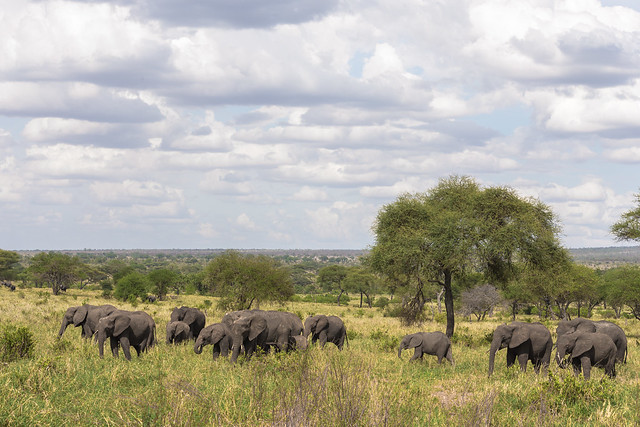
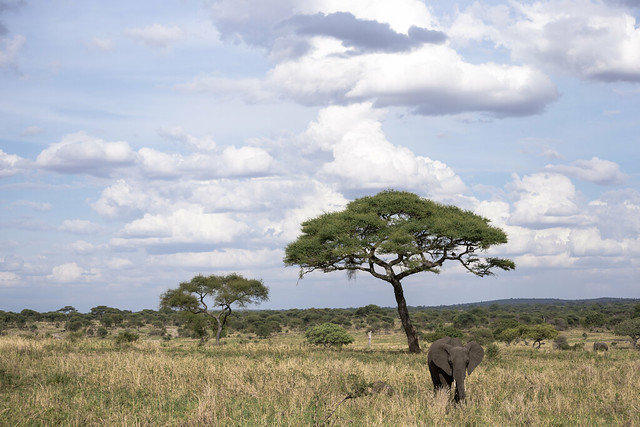


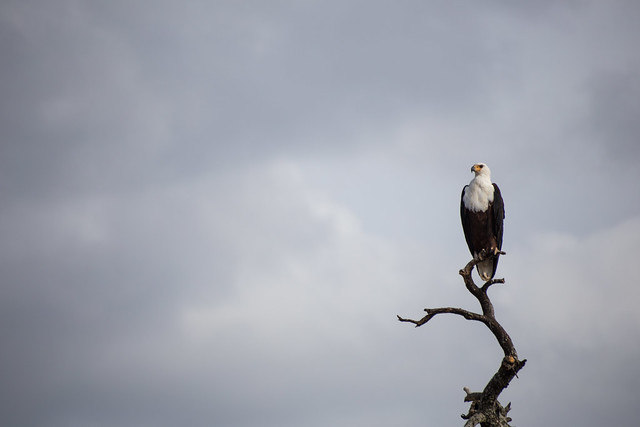
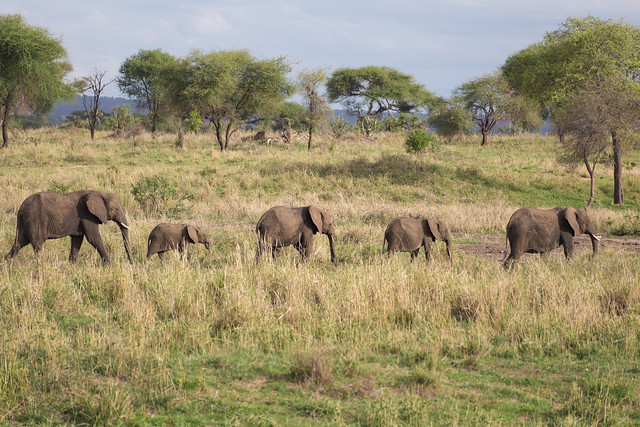
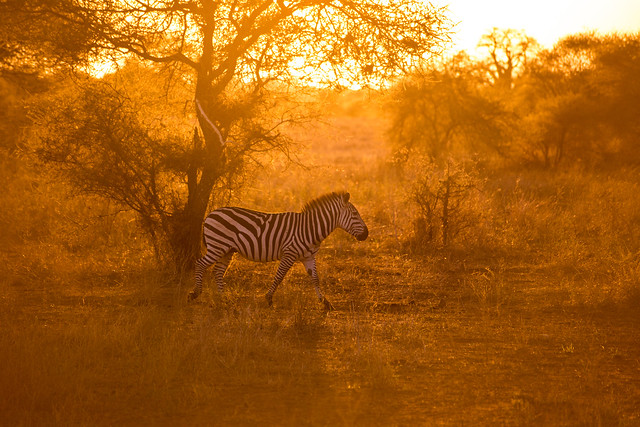

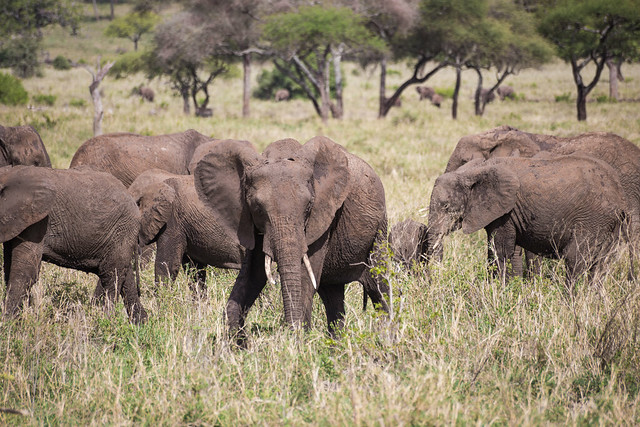
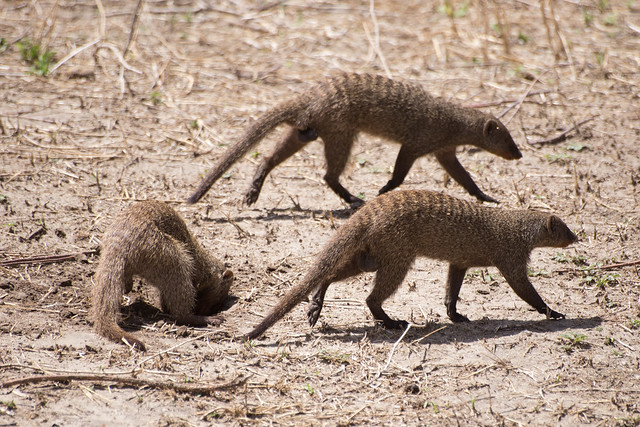
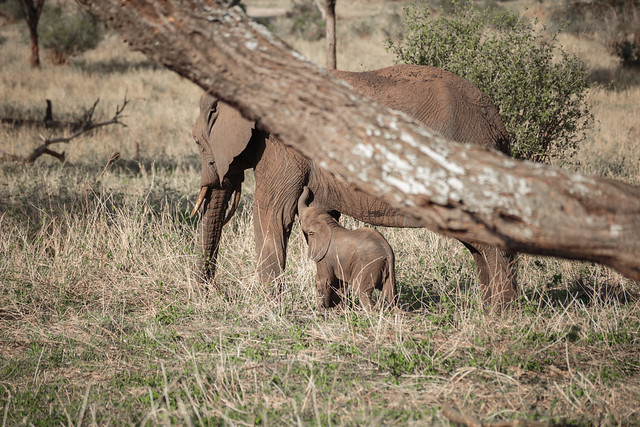
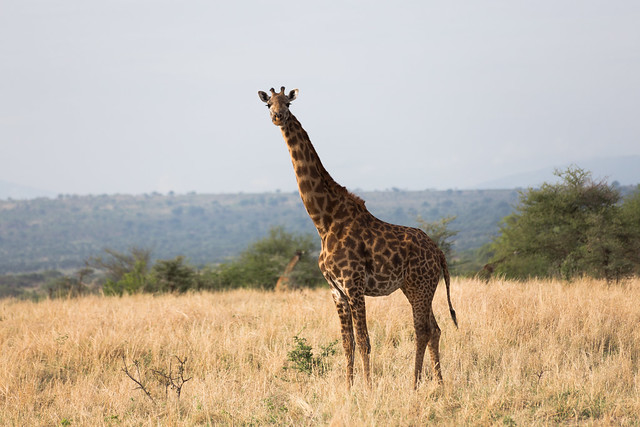
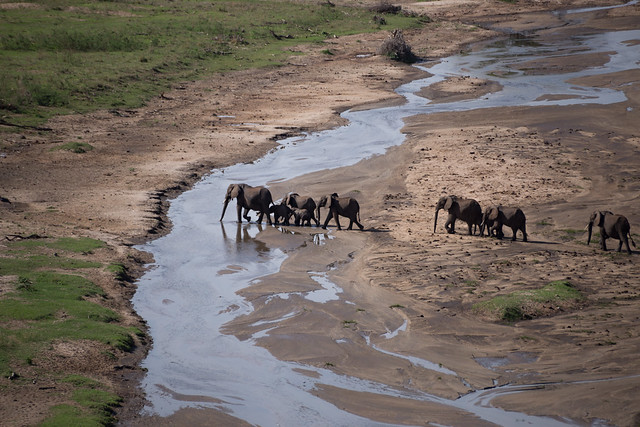
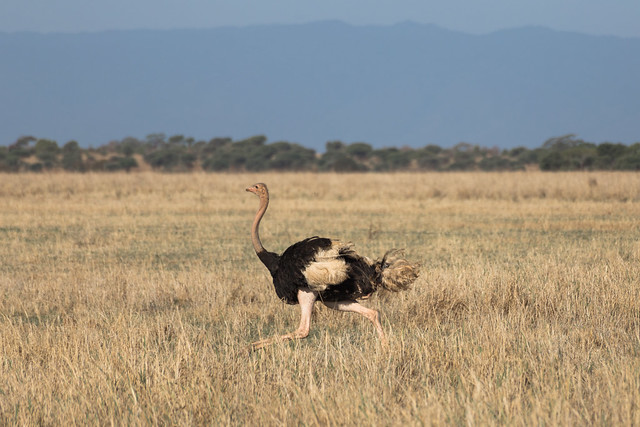
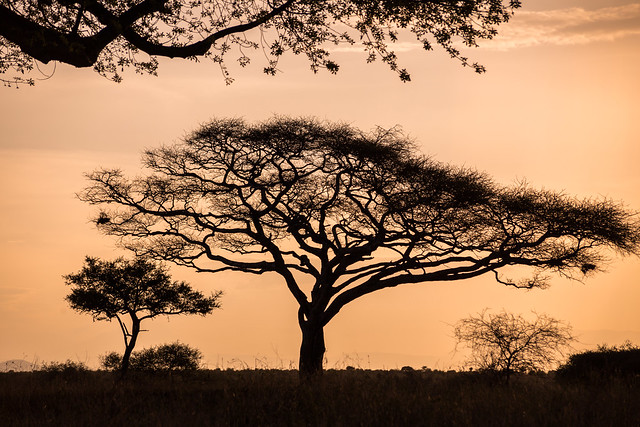
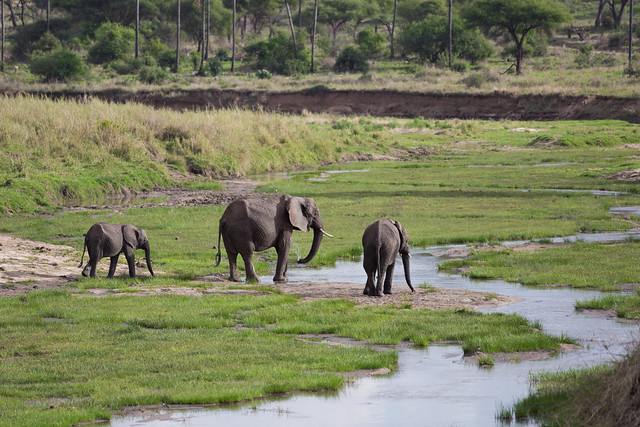
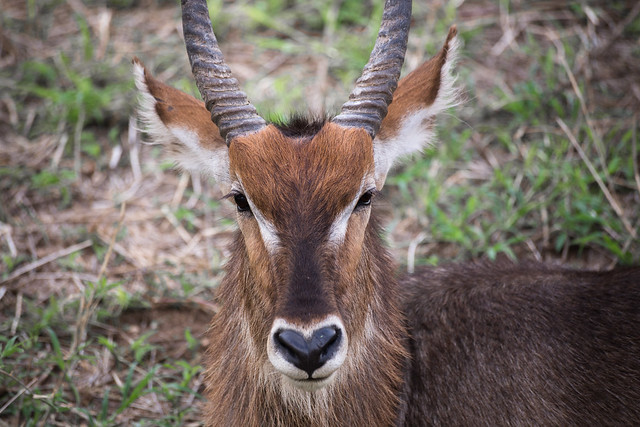



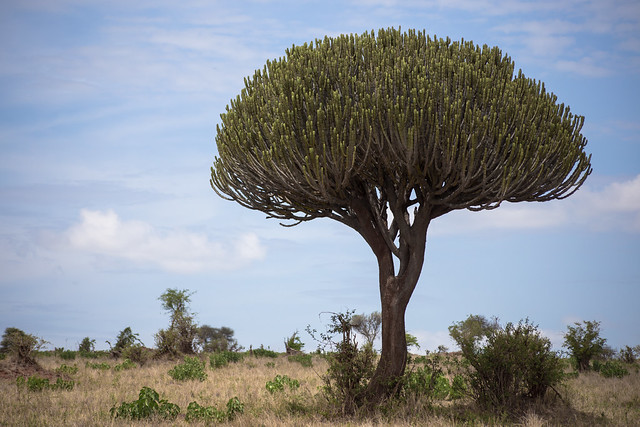
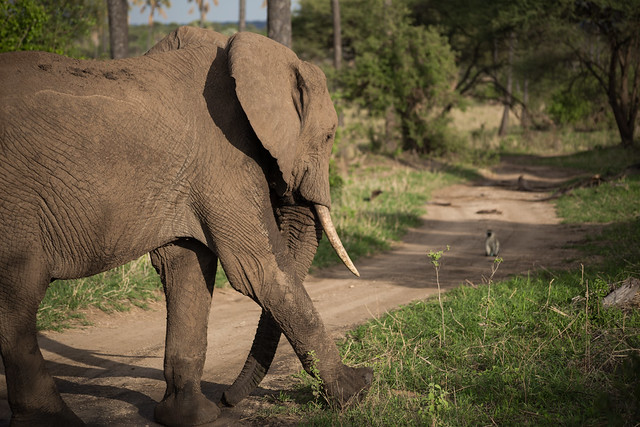
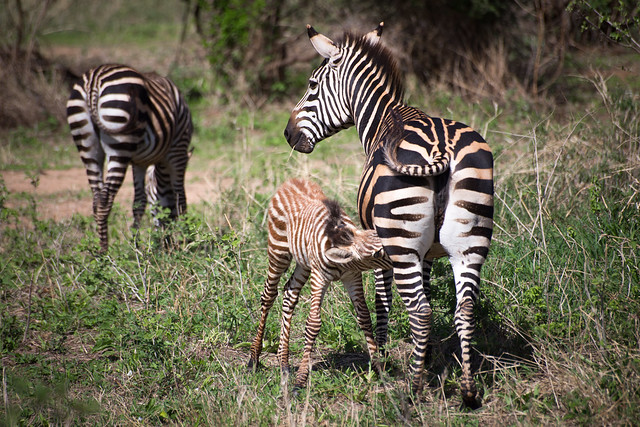

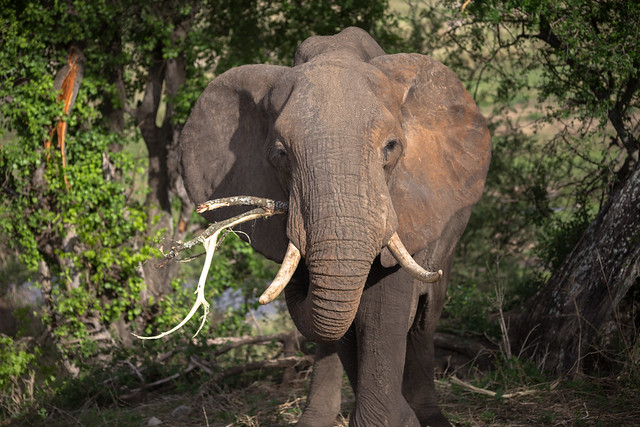



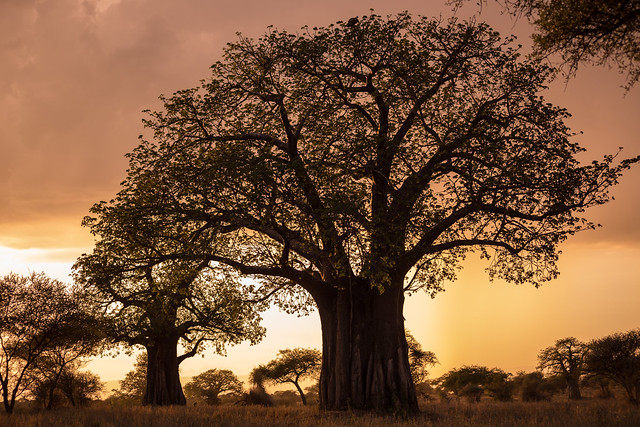
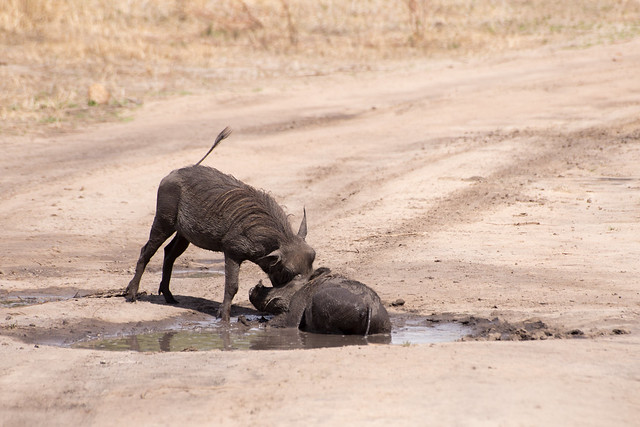
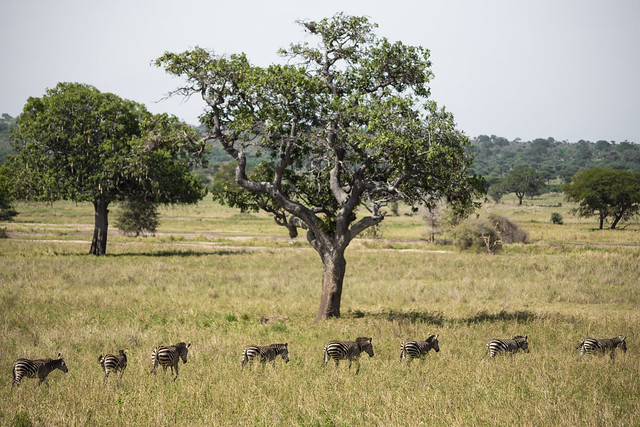

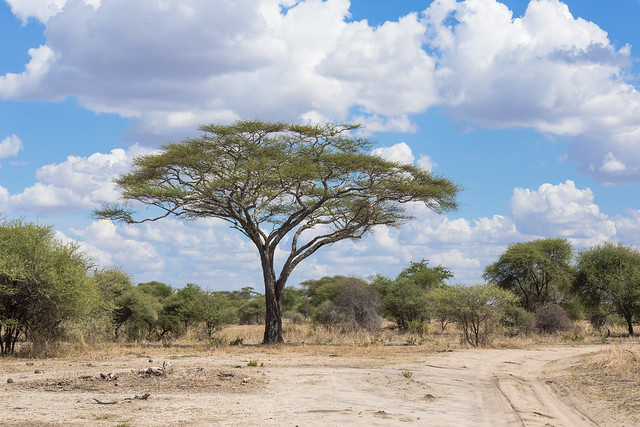
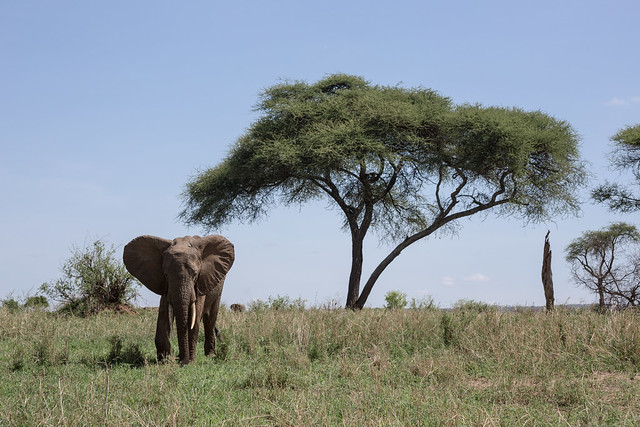
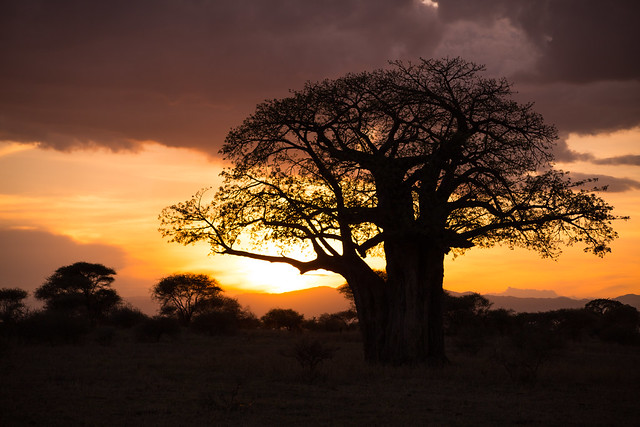



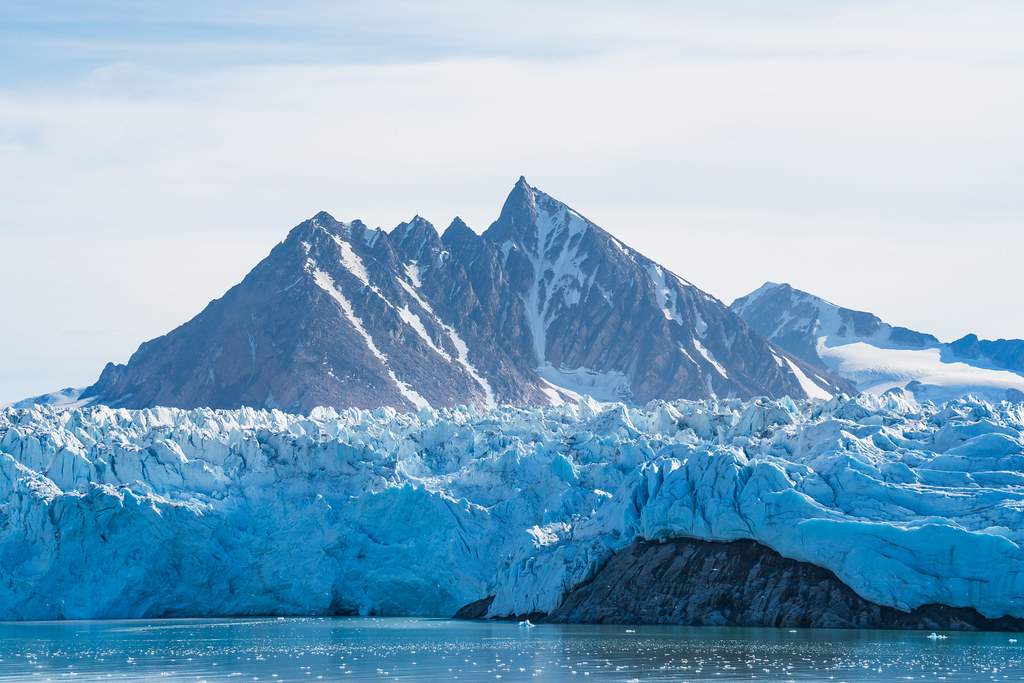
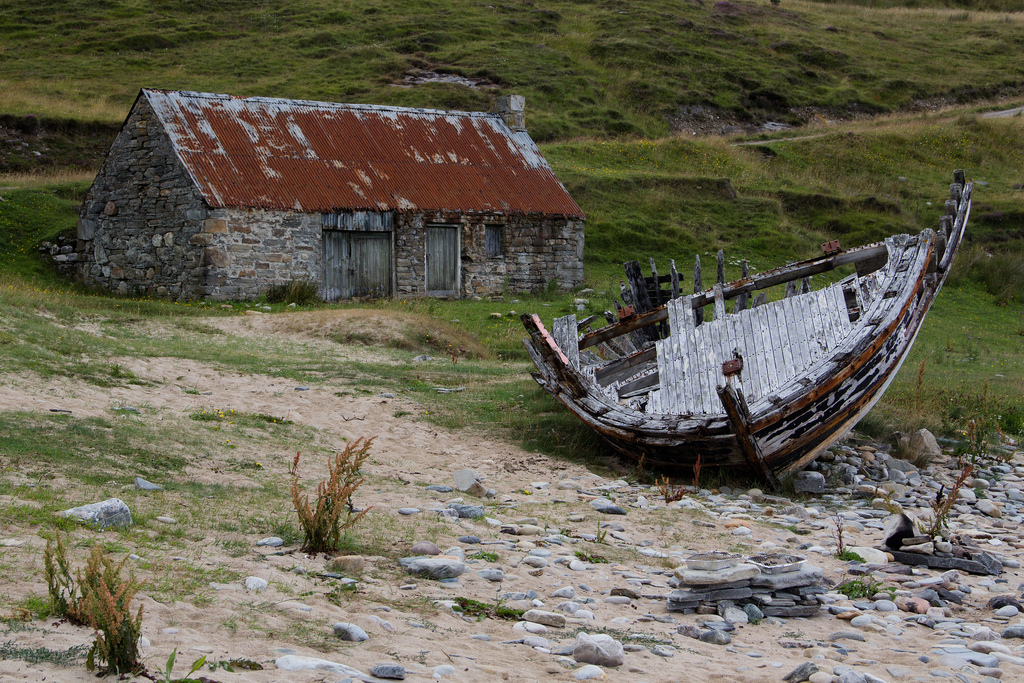
The elephants, they look lovely through your shooting
Great Post Alex! Thanks for sharing your experience and pictures! The place looks really good and I would definitely like to visit someday.
Thank you!